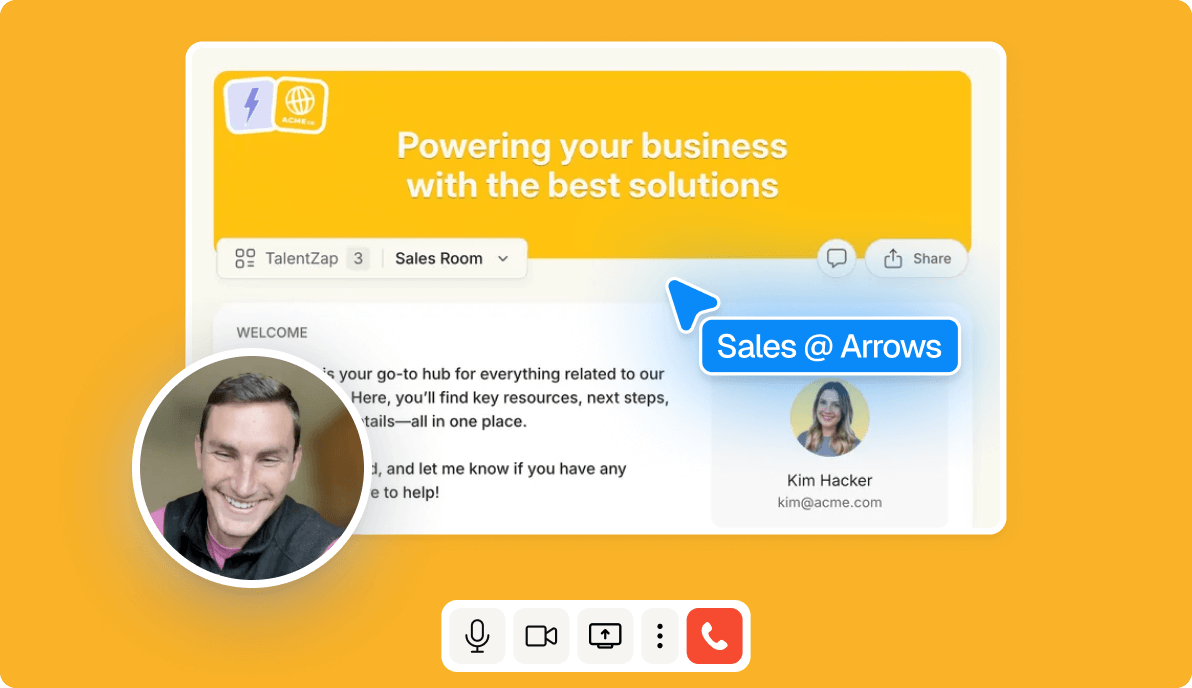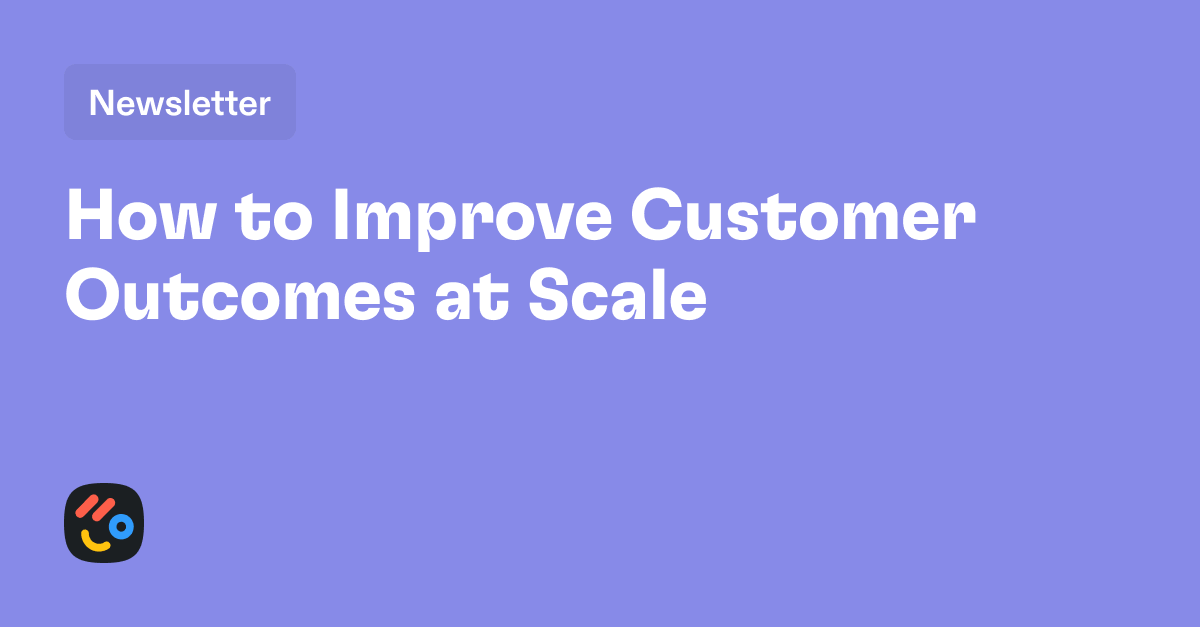3 Steps To Better Handoffs: Sales → Onboarding and Beyond

.png)
Table of Contents
1. Use required properties
Required properties to handoff a customer to the next stage in their journey are your friend when it comes to ensuring the data being collected and entered is correct and complete.
Make sure that you are both requiring the existence of a value for each required property and the format of that value.
For example. If you require the revenue amount to be entered before a deal can be marked as closed won, ensure you specify a currency input and whether MRR or ARR should be recorded.
Here are 3 other types of properties you should consider requiring:
Context: Properties that provide context on the customer from previous conversations and discovery so you aren’t asking them to repeat themselves later such as goals, current solutions, existing challenges.
Segmentation: Properties that will be used to branch the customer experience. For example assign customers to different onboarding teams, create a specific onboarding plan, or send a specific email template or sequence.
Reporting: Properties that will be critical for accurately reporting on the customer journey across teams. For example: The sales rep who closed the deal, the revenue amount associated with the deal, the target go-live date discussed with the customer.
2. Define the handoff details in an automated workflow
Automated workflows, whether in your CRM or another automation platform are a great way to create a consistent and repeatable set of steps for each handoff.
I’d suggest creating a workflow to handle as many steps related to handoffs as possible to ensure they happen without things falling through the cracks that impact the customer experience.
Here’s how a handoff workflow might look:
- Trigger the workflow when a deal moves to the stage “Closed Won” in our sales pipeline the workflow.
- Create a record in our onboarding pipeline
- Copy relevant information from the sales deal to your new onboarding record that can then be used in conditional logic to create specific experiences for different customer segments.
- Set a renewal date which we can use later to kickoff our renewal and expansion playbooks.
- Assign an owner to the new onboarding ticket using a “Rotate record to owner” workflow action. If you have multiple people or teams who work with customers during onboarding you could also add branching logic to route new customers based on specific properties (that you make required to close the deal) such as products/services purchased or persona.
- Create a customer facing success plan to ensure everyone both on our internal teams and the customer knows what to do next.
- Send a welcome email to the customer from their onboarding point of contact based on a template.
- Create internal prep tasks in a task queue for the onboarding team.
- Catch any deals that are missing information and create a task to escalate them appropriately.
3. Introduce the handoff early and set clear expectations
We often talk about how onboarding is really a sales function and that a deal isn't really closed until the customer is onboarded, so making it clear to customers when and how handoffs will occur early on is critical to avoid painful surprises later.
Above all: Make it clear to customers where they are in the process.
When you approach handoffs the way customers do, you think differently:
- Who do I go to if I need help configuring my account?
- When should I expect to go live?
- How should I introduce this product to my team?
Bonus: Schedule a recurring report for hand off errors
One final tip from Hannah, now you’ve defined everything that you want to happen in your handoffs, create a report that checks for everything you don’t want to happen. For example every time a deal is passed to onboarding without an associated contact, or moved to closed won one day and not contacted until more than 2 days later for example.
Schedule this report to be sent to all the functional leaders who’s teams are involved in the handoffs to increase the visibility into where things are getting missed so they can be addressed before they impact more customers.
Ultimately, automate the tedious repetitive tasks allows you to stay focused on the customer relationship.
A customer shouldn’t be waiting on you to make progress, and your team shouldn’t be spending time trying to figure out what they need to communicate and when.
Your customers will be happy you subscribed to our newsletter.
Join 14,000+ subscribers who read the Happy Customers newsletter—it's jam-packed with tips-and-tricks about sales, onboarding, HubSpot, and winning happy customers at scale.




